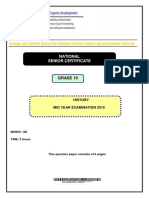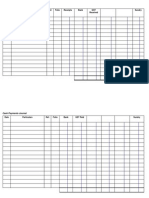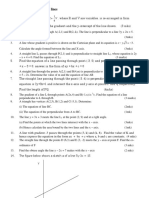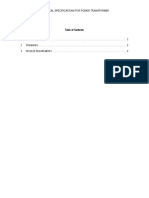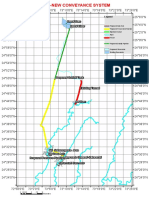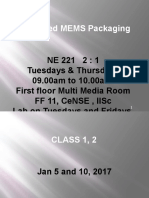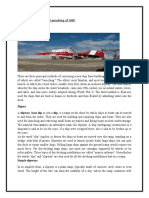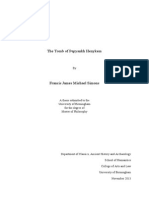0% found this document useful (0 votes)
751 views17 pagesTerm 3 2025 Mathematics MCQ Revision
The document is a mathematics revision guide for Term 3, 2025, featuring multiple-choice questions (MCQs) covering various topics such as geometry, trigonometry, and the Pythagorean theorem. It includes problems related to angles, triangles, circles, and assertions about mathematical concepts, along with their respective answers. The document serves as a comprehensive review tool for students preparing for assessments in mathematics.
Uploaded by
lilypuffs102Copyright
© © All Rights Reserved
We take content rights seriously. If you suspect this is your content, claim it here.
Available Formats
Download as PDF, TXT or read online on Scribd
0% found this document useful (0 votes)
751 views17 pagesTerm 3 2025 Mathematics MCQ Revision
The document is a mathematics revision guide for Term 3, 2025, featuring multiple-choice questions (MCQs) covering various topics such as geometry, trigonometry, and the Pythagorean theorem. It includes problems related to angles, triangles, circles, and assertions about mathematical concepts, along with their respective answers. The document serves as a comprehensive review tool for students preparing for assessments in mathematics.
Uploaded by
lilypuffs102Copyright
© © All Rights Reserved
We take content rights seriously. If you suspect this is your content, claim it here.
Available Formats
Download as PDF, TXT or read online on Scribd
/ 17














